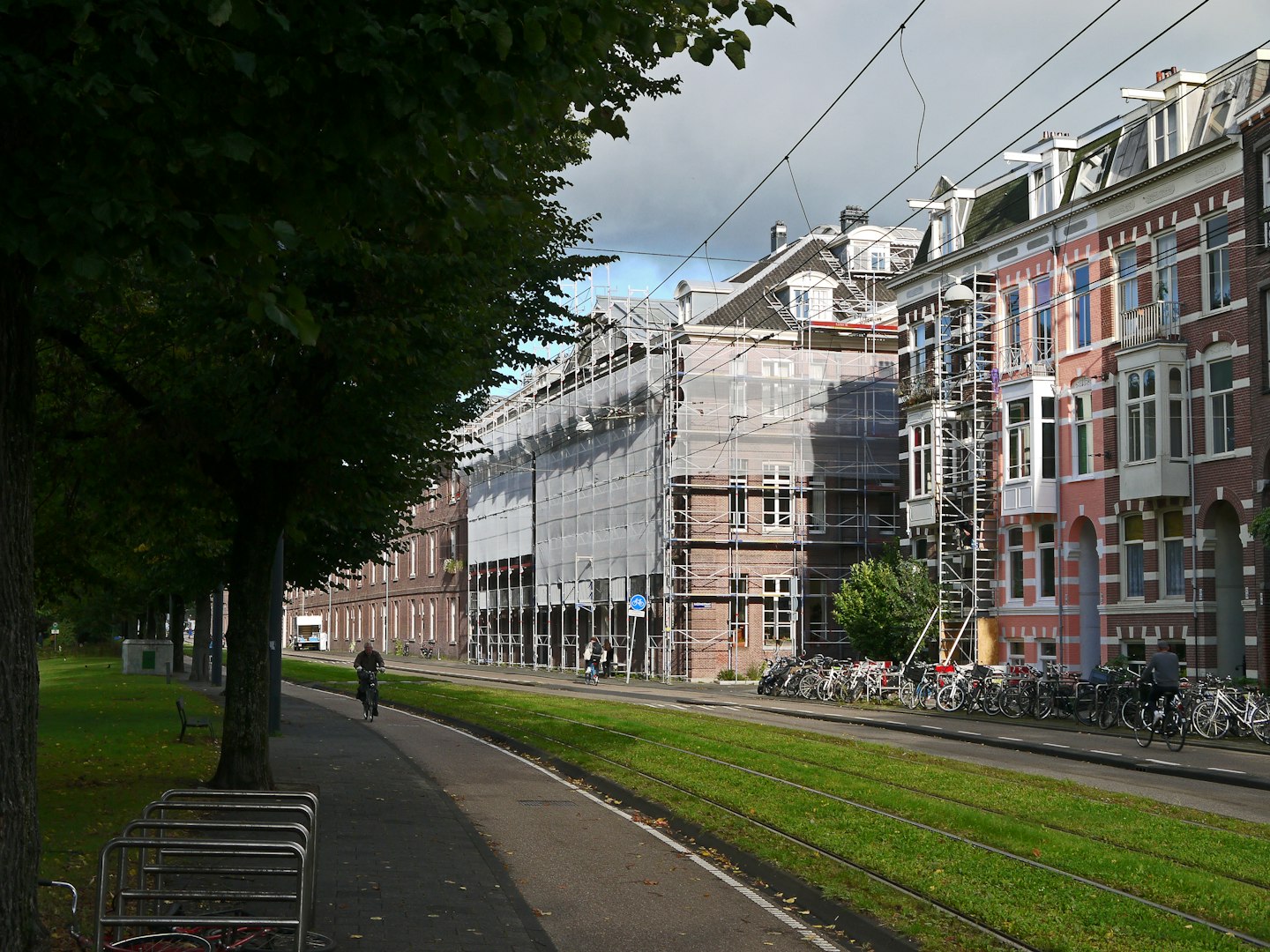The Mississauga Official Plan (MOP) &
the Future of Our Neighbourhoods
Last updated: Oct 1, 2025
The Mississauga Official Plan (MOP), adopted by Council on April
25, 2025, is still awaiting approval from the Minister of Municipal Affairs and
Housing. As of today, no approval has been granted. Yet, development
applications continue to be considered and, in some cases, advanced, despite
the absence of that provincial mandate. Not surprisingly, many approved plans
are now stalled, awaiting the province’s stamp of approval before shovels can
go into the ground.
A Broad Definition of Intensification
Under the new MOP, virtually any area within walking distance of a
transit line and a store may be designated a community node, and
therefore an area for intensification regardless of its design, character, or
impact on surrounding neighbourhoods. In practice, this means almost every
residential area in Mississauga could be rezoned to accommodate 25-storey
towers, regardless of context.
Equally concerning, large parcels of undeveloped land adjacent to
existing neighbourhoods could be swept into these intensification zones. In
Ward 3, sites such as Forest Park and parcels bordering Applewood now fall into
this category. The sudden re-emergence of dormant projects, many shelved for 6
to 15 years, suggests that incentives are flowing toward developers, not to
future tenants or the communities that will be reshaped forever.
Suburbia at Risk
Neighbourhoods like Rockwood Village were originally envisioned as
suburban sanctuaries. Fifty years ago, families sought the comfort of detached
homes, green space, and an escape from urban density. Today, the rush toward
intensification threatens to reverse that appeal. New towers risk undermining
the very fabric of Mississauga’s suburban identity.
Yes, more housing is needed. But new buildings should fit into, not
overwhelm, established neighborhoods.
Affordable Housing vs. More Units
Mississauga’s housing policy has implied that new buildings should
contain at least 50% two- and three-bedroom units, suitable for seniors
and families. However, this rule has not been applied to purpose-built
rentals: the very format that dominates new proposals.
In Ward 3 alone, there are 32 proposed buildings and 29
townhouse clusters, representing over 4,000 new units in the
pipeline. Of these, only one was conceived as a condominium project, and that
building on Dixie Road, is now in bankruptcy. The rest are primarily rental
buildings, which sidestep family-sized unit requirements and do not meet the
true needs of seniors or families.
For many, “affordable housing” does not mean a tiny bachelor apartment;
it means a reasonably priced larger unit that can actually accommodate daily
life. Yet most new units are under 700 sq. ft. The market is already saturated,
with a five-year supply of small condos being shifted into the rental market
with incentives like free rent periods.
Warning Signs in the Market
The CMHC has flagged an oversupply of small rental units, while
Mississauga and the GTA continue to top the North American Crane Index,
indicating 103 high-rise buildings under construction, outpacing even Los
Angeles, second on the list with only 42. If Ward 3’s current pace is applied
city-wide, Mississauga could see 48,000 new units under construction in
the near future.
At the same time, The Mayor has acknowledged a declining population,
with out-migration driven by high property taxes, limited job growth, and
declining affordability. Immigration targets are also being scaled back,
slowing demand further. If developers also receive the proposed 35% property
tax breaks for 35 years, existing residents will be left to make up the
difference.
Looking Ahead
The question remains: what incentive is left to stay in Mississauga?
Suburbia may instead be found in Kitchener, Barrie, or Peterborough, while
Mississauga risks filling with half-occupied towers, the future “white
elephants,” much like the Bus Rapid Transit line, which runs largely empty
today.
It is time to pause, reassess, and realign the Mississauga Official
Plan with the economic realities of the next decade. Building housing for
the sake of unit counts, without regard for family needs, affordability, or
community character is neither sustainable nor forward-thinking.
We will keep pushing our Provincial and Municipal governments to rethink
their policies which appear to favor the builders and concentrate on Buyers, Residents
and preserving our neighbourhood.
See also:
RRA letter to our MPP Silvia Gualtieri (LINK)
RRA letter to The Minister of Municipal Affairs
and Housing (LINK)
Rear a letter to Peel Region from one of RRA Directors (LINK)

